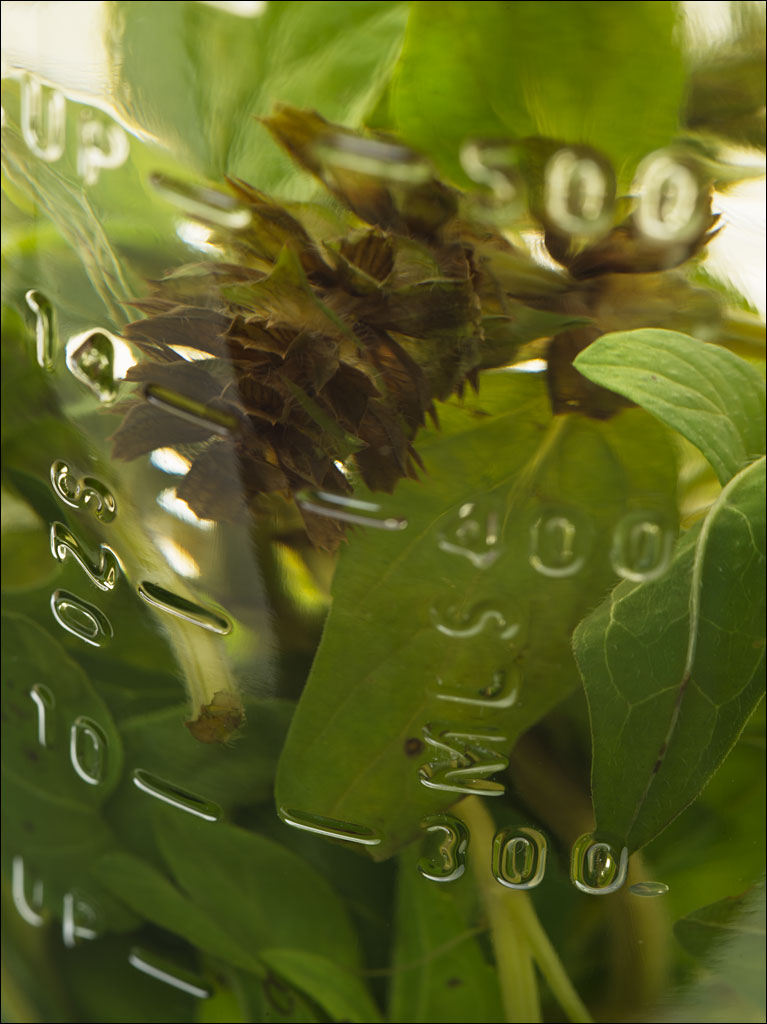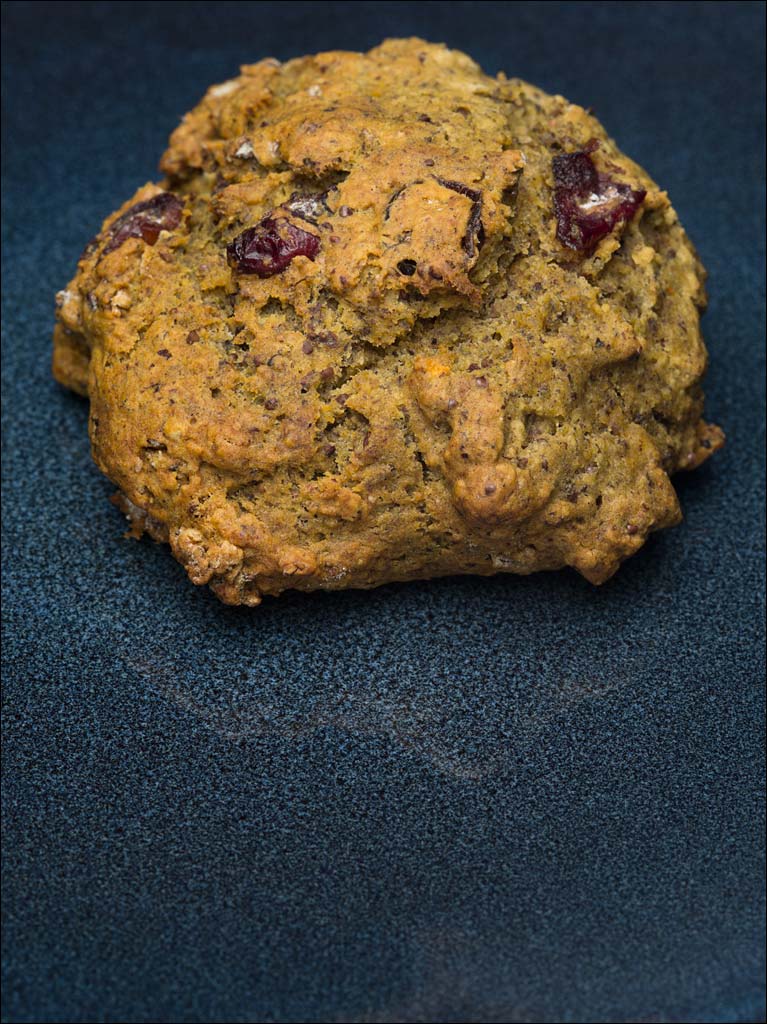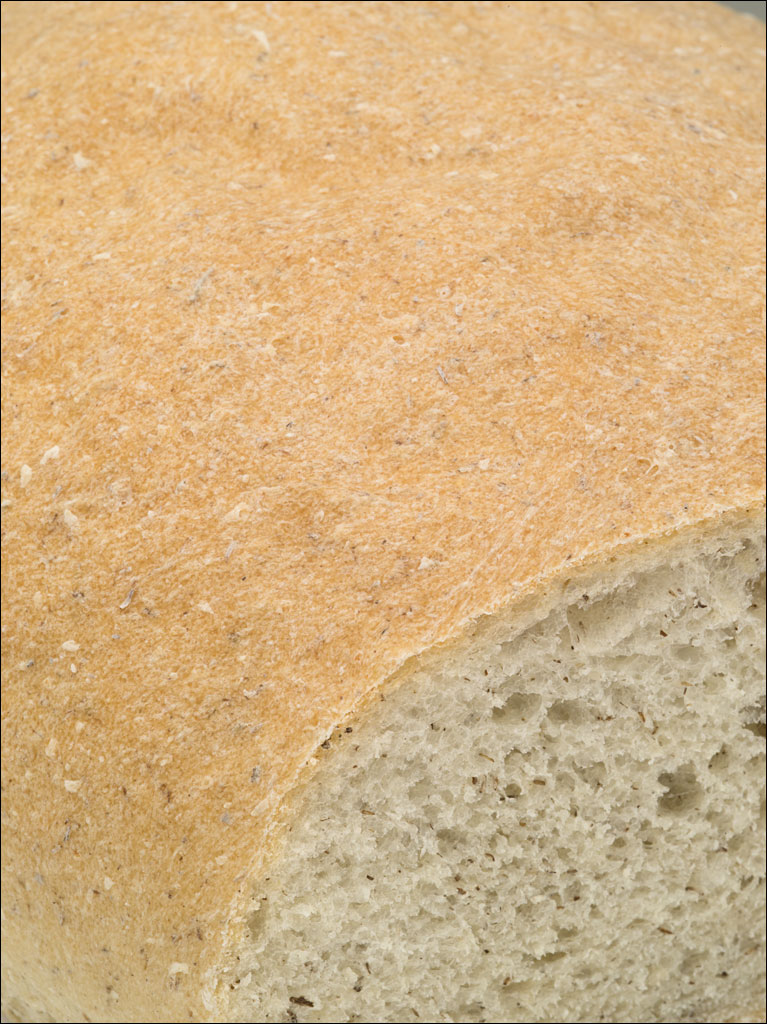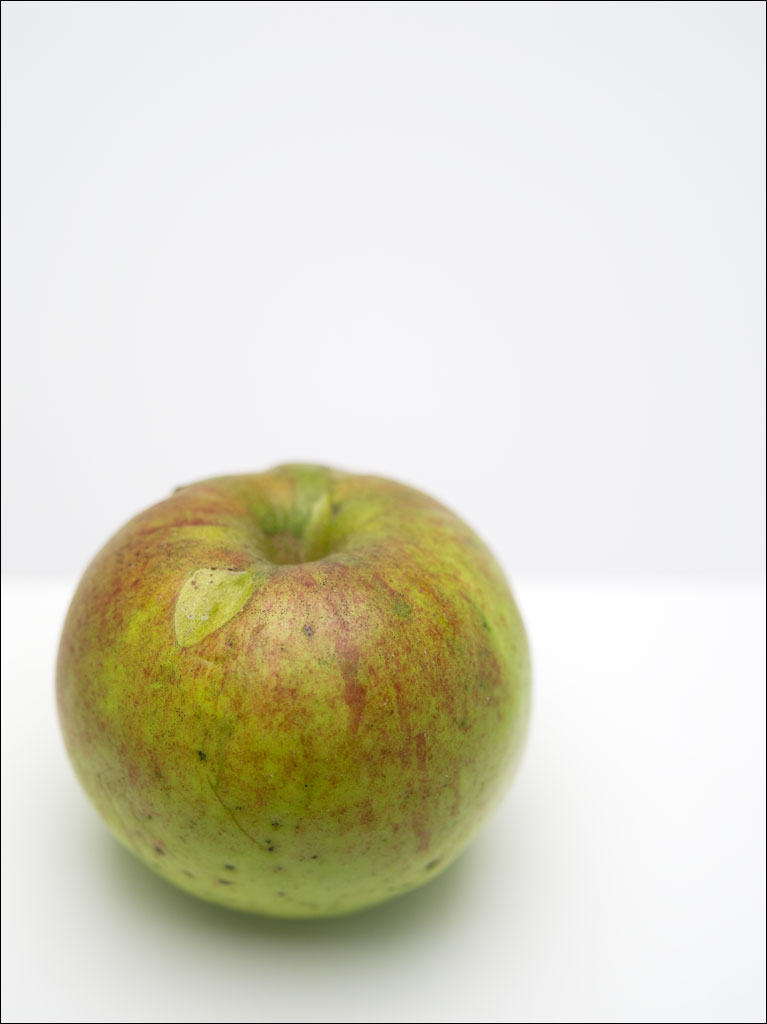 Prunella vulgaris, commonly known as Self Heal or Heal All, is known in many cultures to have healing properties. The entire plant is edible and can be uses in soups, salads, and stews. Like with our Goldenrod, we make tea from the plant. Unlike the bitterness of Goldenrod, this tea has a mild flavor. Click on the image for a larger view
Prunella vulgaris, commonly known as Self Heal or Heal All, is known in many cultures to have healing properties. The entire plant is edible and can be uses in soups, salads, and stews. Like with our Goldenrod, we make tea from the plant. Unlike the bitterness of Goldenrod, this tea has a mild flavor. Click on the image for a larger view
Category Archives: Life at Home
Cranberry Yellow-Dock Muffin
 This muffin uses dried cranberries and the seeds from our yellow dock. The yellow-orange color comes from the seeds. The recipe is simple and does not use eggs nor baking powder, but vinegar and baking soda. Continue reading
This muffin uses dried cranberries and the seeds from our yellow dock. The yellow-orange color comes from the seeds. The recipe is simple and does not use eggs nor baking powder, but vinegar and baking soda. Continue reading
Fall Rose Hips
Goldenrod Seed Bread
 Naomi loves baking bread. This bread uses okara and seeds from our goldenrod plants—we also use goldenrod to make tea. The recipe is simple. Continue reading
Naomi loves baking bread. This bread uses okara and seeds from our goldenrod plants—we also use goldenrod to make tea. The recipe is simple. Continue reading
And again . . .
 It was bad enough to get hit with an unusually early blizzard two weeks ago, but then to wake up Friday morning to find we had another was discouraging. Fortunately, like with most early storms, we did not have to shovel the driveway and most of the snow melted during the day. UPDATE: It is snowing again this morning. Click on the image for a larger view of our forest on Friday morning.
It was bad enough to get hit with an unusually early blizzard two weeks ago, but then to wake up Friday morning to find we had another was discouraging. Fortunately, like with most early storms, we did not have to shovel the driveway and most of the snow melted during the day. UPDATE: It is snowing again this morning. Click on the image for a larger view of our forest on Friday morning.
Memories of the Wind
Organic Apples
 Growing apples organically do not result in the prettiest fruit. Certainly you can lose apples to pests and disease. But it is possible. This apple is from a tree we named Midori, the Japanese word for green. We are uncertain of the variety as we did not plant it. The flesh is soft, a pale green, and slightly sweet. There are many unidentified apple trees throughout Maine. Some bear some fine apples, other do not. But these lost varieties can be more resistant to pests and disease. Click on the image for a larger view.
Growing apples organically do not result in the prettiest fruit. Certainly you can lose apples to pests and disease. But it is possible. This apple is from a tree we named Midori, the Japanese word for green. We are uncertain of the variety as we did not plant it. The flesh is soft, a pale green, and slightly sweet. There are many unidentified apple trees throughout Maine. Some bear some fine apples, other do not. But these lost varieties can be more resistant to pests and disease. Click on the image for a larger view.
Purple Russian—Tomatoes
 After our blizzard on November 2nd this year, my mind is on our (short) summer. We love heirloom tomatoes. The Purple Russian is one of our favorite—a juicy and flavorful fruit. Not a large tomato, about 2″ or 5cm in length, but very productive. Click on the image for a larger view.
After our blizzard on November 2nd this year, my mind is on our (short) summer. We love heirloom tomatoes. The Purple Russian is one of our favorite—a juicy and flavorful fruit. Not a large tomato, about 2″ or 5cm in length, but very productive. Click on the image for a larger view.
First Snow
 Blizzard conditions moved through Maine yesterday. This is the earliest snow on record. High winds and wet, heavy snow caused us to lose power to our home until Monday. With leaves still on our apple trees, this snow was a real threat. Fortunately, I was able to clear most of the snow off our apples during the storm.
Blizzard conditions moved through Maine yesterday. This is the earliest snow on record. High winds and wet, heavy snow caused us to lose power to our home until Monday. With leaves still on our apple trees, this snow was a real threat. Fortunately, I was able to clear most of the snow off our apples during the storm.  The world suddenly looks very different—the five following images we posted last week were taken the previous Saturday and Acadia received more snow than we did. These images were taken in the blizzard. Click on them for a larger view.
The world suddenly looks very different—the five following images we posted last week were taken the previous Saturday and Acadia received more snow than we did. These images were taken in the blizzard. Click on them for a larger view.
Leaf Litter
 Leaf litter seems a rather undignified term. Perhaps it is our frustration of having to empty the gutters around the house and rake the lawn this time of year. But it really does not give respect to an amazingly efficient way the forest recycles what it creates. And what I find equally amazing is that in that forest refuse there are signs of life ignoring the signals of the approaching winter. Juniper haircap moss, Polytrichum juniperinum, can be seen poking through the dried leaves on our forest floor when most of the other flora that was so bountiful during the spring and summer have disappeared. Click on the image for a larger view.
Leaf litter seems a rather undignified term. Perhaps it is our frustration of having to empty the gutters around the house and rake the lawn this time of year. But it really does not give respect to an amazingly efficient way the forest recycles what it creates. And what I find equally amazing is that in that forest refuse there are signs of life ignoring the signals of the approaching winter. Juniper haircap moss, Polytrichum juniperinum, can be seen poking through the dried leaves on our forest floor when most of the other flora that was so bountiful during the spring and summer have disappeared. Click on the image for a larger view.


